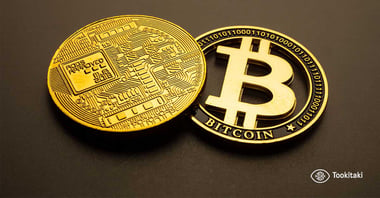Money laundering via high-end art and antiquities is not new yet it is difficult to detect. Art-related money laundering amounts to about US$3 billion per year, according to this blog, quoting the United Nations Office on Drugs and Crime. Criminals often use rare and unique art pieces such as famous paintings, sculpture and fine antiques make their illegal money legitimate. Art is attractive to launderers as they can be hidden or smuggled. Further, transactions involving arts are often anonymous, while prices are subjective and manipulated. A Globe and Mail report says:
“Once purchased, the art can disappear from view for years, even decades. A lot of the art bought at auctions goes to freeports – ultra-secure warehouses for the collections of millionaires and billionaires, ranging from Picassos and gold to vintage Ferraris and fine wine. The freeports, which exist in Switzerland, Luxembourg and Singapore, offer a variety of tax advantages because the goods stored in them are technically in transit.”
In connection with the art industry, the Panama Papers had revealed many details on “enough art to fill a small museum”. It had revelations on previously believed stolen paintings, fake auctions and hidden secrets, highlighting money laundering implications within the art industry. The 1MDB scandal, touted as the world’s biggest financial scandal, also ensnared the art world. With his embezzled billions, Jho Low, the flamboyant financier at the center of 1MBD, went on an art-buying spree totaling more than US$200 million during 2013 and 2014.
Regulatory Scrutiny over Art Market
The cases of art-related money laundering have been on the rise in the US and Europe. And these jurisdictions have come up with measures to crackdown on illicit deals related to art and antiquities.
In the European Union, the Fifth Money Laundering Directive (5AMLD) was made into force in January 2020, bringing the art market into the group of regulated sectors for anti-money laundering purposes. The new directive requires “art market participants” to conduct proper customer due diligence on, put in place adequate systems and controls, continuously assess risk and report suspicious transactions. In a big blow to perpetrators, the new requirements will erode the secrecy in the market, as they obligate “to look behind corporate buyers and verify the identity of beneficial owners”, says a report.
The United States is mulling similar legislation to include the art market participants under the cover of the Bank Secretary Act (BSA) and AML and Combating the Financing of Terrorism laws. The new legislation is expected to make it mandatory for the art industry to establish anti-money-laundering programs, make a note of cash purchases, and report suspicious transactions exceeding US$10,000. It would also strip the vendors of the ability to offer anonymity to clients.
How can modern tech help detect early signals?
While the legislation would help bolster anti-money laundering compliance in the art industry, financial institutions helping with art transactions need to understand the risk implications. They will have to consider the risk posed by a customer’s business and the wider art industry while performing due diligence on their art market customers.
Tookitaki’s award-winning AML compliance solution titled Anti-Money Laundering Suite (AMLS) can help banks detect art-involved money laundering. AMLS uses a combination of cutting-edge machine learning algorithms and a robust typology repository to track down suspicious shipping activities. Its multi-dimensional models consider multiple customer touchpoints, which include the customer’s interaction with goods, transportation, entities or trading partners, country of origin, the port of loading, beneficiaries and many such relevant points. Such a comprehensive customer risk view is not in vogue today. Financial institutions will primarily start with pre-defined customer segmentation (privilege banking, wealth banking, etc.) and draw a risk view with some select parameters like transactions or entities. Tookitaki’s approach helps financial institutions to get a holistic customer risk view, detect early signals of wrongdoing and protect themselves subsequently.
Visit our website to learn more about our solution and book a demo.
Anti-Financial Crime Compliance with Tookitaki?




